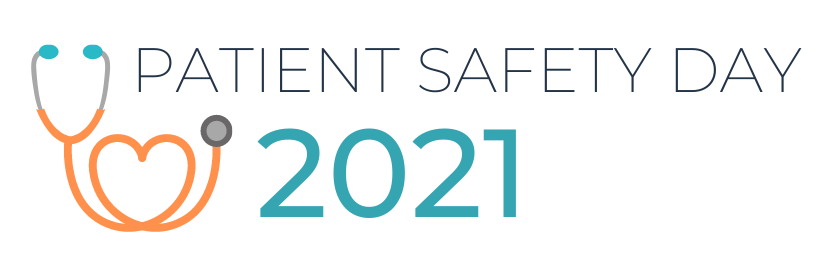Patient satisfaction and patient safety – some reflections.

Conducting an oral examination in family medicine some years ago, I asked the student to explain the principle of person-centeredness. “To give the patient what he asks for ”, he said.
It was a good starting point for discussion. What is the relationship between needs, demands, wants, - and quality of health services? How to define quality, - and how to secure patient safety in the framework of person-entered care?
The patient/doctor relationship is mutual, and will always entail a transaction of more or less concrete character. Basically, the scheme is like this: The patient is in need of help, the doctor provides professional advice, the patient shows gratitude or appreciation in return.
Or not.
What happens to the transaction when the parties have different views of what the needs are, not to say what the best solution to the problem is? What about when the patient has clear expectations of the doctor`s actions, and the doctor doesn't respond accordingly? The patient will leave with dissatisfaction, the doctor with frustration. The transaction is unsuccessful for both parties. How does this impact patient safety?
Dr Google and an enormous repertoire of Digital Health tools influence patients’ expectations to an in comprehensible extent. There are no common rules for marketing of digital tools and the user is usually left without any idea of who developed them, on the basis of what evidence and in what context. The ordinary user is chanceless when trying to assess the quality of the tool, not to say the relevance for his or her situation. This is a major element the doctor must explore to understand the patient`s expectations.
Sometimes the patient thinks he is well informed, whereas the doctor knows he's disinformed.
In such situations it can be a real challenge to end the consultation with both high patient satisfaction and safety. And without a deeply frustrated doctor who offered his best advice with no appreciation in return, maybe even with a bad review published on the same platforms.
There is common knowledge that patients' online rating of doctors impact clinical decisions.
This might lead to overtreatment and overdiagnosis; better to comply to expectations of tests or prescriptions, than to risk another bad rating from a patient who`s expectations were not met. This way patient satisfaction can lead to lack of patient safety.
We need to meet the challenges coming with the digital era. My strategy is to hold on to the basic values of family medicine. Provide personal care through trust and long standing relationships with patients.
And we have to negotiate, be able to change the course, using time as a diagnostic tool, building trust over time by developing the relationship.
We can't win them all, but this is one approach to achieve patients` satisfaction and high level of patient safety.
— Dr Anna Stavdal, WONCA President Elect